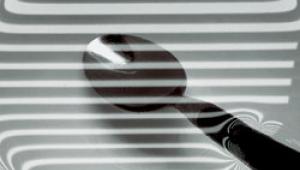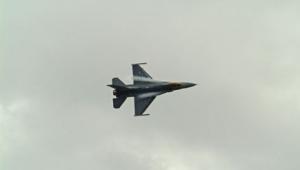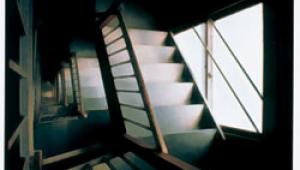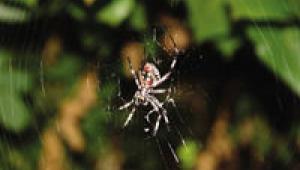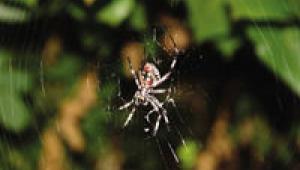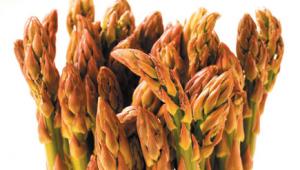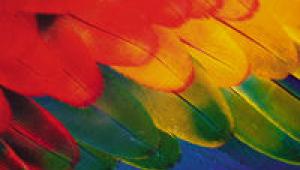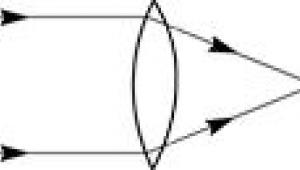When it comes to dynamic focusing, I've always not been to understand it properly. Thanks for the useful tips.
Four Tips For Dynamic Close- Up Photos Page 2
TIP 3: Digicam Deal
Many consumer digicams can focus very close--often within an inch or two
of the front of the lens. This makes them great for close-up shooting. (Don't
have a consumer digicam? Many cost less than a good macro lens. You might consider
this option if you want to do a lot of close-up shooting.) This photo was made
with a $300 4-megapixel Olympus C-765 Ultra Zoom that has a 10x optical zoom
lens capable of focusing down to 0.5" (from the front of the lens) in
Super Macro mode.
 |
|
|
TIP 4: Using Electronic Flash
The big dilemma in close-up work is that blur due to camera or subject movement
is magnified along with the image. That means you need to use a short exposure
time to minimize blur; but depth of field is almost nonexistent at very close
shooting distances, so you also need a small aperture to maximize depth of field.
In natural light, however, using a fast shutter speed requires a wide aperture,
and using a small aperture requires using a slow shutter speed.
One solution is to use a faster film (or a higher ISO setting with a digital
camera), but this reduces image quality. So most serious close-up photographers
use a slow film (or a low ISO on a digicam), and electronic flash to illuminate
their subjects. The brief flash duration (with some auto flash units, 1/20,000
second or shorter when used at very close range) eliminates blur due to camera
or subject movement, while the flash intensity at close range lets you stop
the lens down to maximize depth of field.
Quite a few SLRs allow you to fire one or more shoe-mount flash units off-camera,
either wirelessly or via extension sync cords. This gives you lots of lighting
flexibility, as you can position the flash unit(s) as desired for the best lighting
effect. (Try sidelighting to emphasize a subject's texture, or backlighting
for an inner glow with translucent subjects like leaves.)
 |
|
|
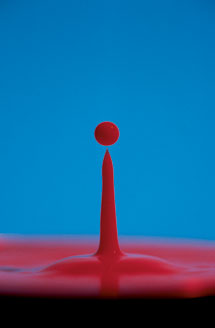 |
|
|
Beware The "Macro Zoom"
Many zoom lenses include the word "Macro" in their designation.
But few of these are actually "macro"--few can focus close
enough to produce a life-size image on the film. Closer-than-usual focusing
capability is a nice feature, but if you really want "macro," check
the specs.
Double Your Pleasure
A quick way to double your close-up capability is to get a 2x tele-converter.
This is a tube that mounts between camera body and lens, and doubles the lens'
focal length--while retaining its minimum focusing distance. Attach a 2x
converter to a 200mm lens that focuses down to 4 feet, and you have a 400mm
lens that focuses down to 4 feet. There is a drawback: The 2x tele-converter
reduces the light that the lens transmits by 2 stops: Your 200mm f/4 lens becomes
a 400mm f/8 lens. Hint: Use a tripod!
Cheap Trick
A sheet of white poster board can serve as a reflector, and double as a windbreak--very
handy when shooting flowers and such. A sheet of black poster board can be used
to block harsh sunlight.
- Log in or register to post comments

